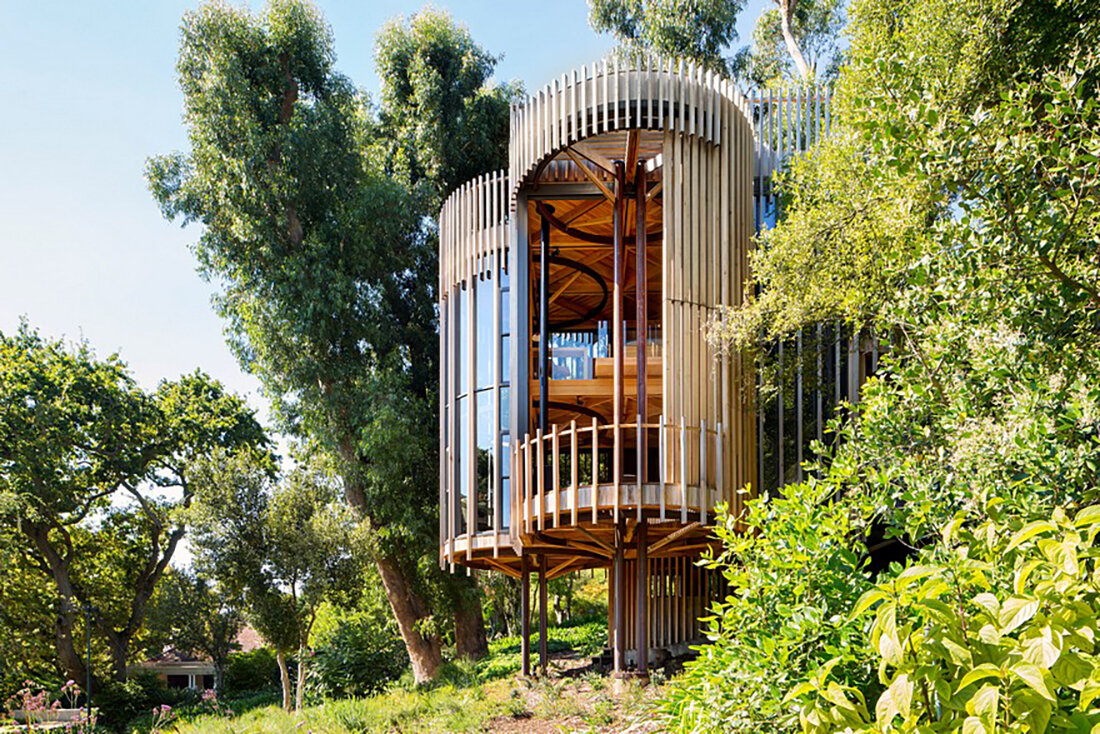Back to nature
When I picture my ideal place to live, it’s in natural surroundings, embedded in the local environment. In truth this could be a number of different environments, but the ‘natural’ connection is key – it’s common knowledge that time spent in nature is hugely beneficial to us, and I couldn’t agree more. So, each time my wife and I have moved over the years (and there have been quite a few moves), we have always strived for locations and structures that fulfil this need, but there is always ‘room for improvement’ so to speak.
There lots of factors to consider when choosing a place to lay your hat – proximity to employment, affordability, size etc all play an important role in where we live. Understandably though, the majority of our social structures and the housing systems that support them favour design for the many, and whilst ultimately where you live is your own choice, the weighting and influence of these factors can often reduce your options.
It’s easy to peruse the latest architectural offerings from around the world (of which I’m definitely guilty) with a ‘what if’ mindset. What if I could work anywhere? What if money wasn’t an issue? What if that house was just a little bit bigger? Whilst a lot of these projects are indeed designed for the (more often than not, affluent) few, what is inspiring is that they often address some of the aesthetic and lifestyle aspirations that I’m sure many of us have. It seems obvious to state that when factors affecting the many are removed a wealth of possibilities are opened up, but it also can provide a refreshing and creative approach that hint at ideas for our future living.
Enter the Paarman Contemporary Tree House, a recent residential project in Cape Town by Malan Vorster architects. Essentially a tree house for adults, this one bedroom getaway is designed using vertical space to create its form and become part of the surrounding treeline. The beautifully crafted, pared back design and materials create an effortless connection with the immediate environment providing a structure that truly seems embedded in nature. Whilst this is clearly a high-end project, the aesthetics and principals behind its creation offer suggestions on what living could be like if we embraced more of the natural aspects of our environments, working with and around them rather than removing them and starting from scratch.
And after all, how much closer to nature can you get than by living in a treehouse? Beautiful, I’ll take one.





